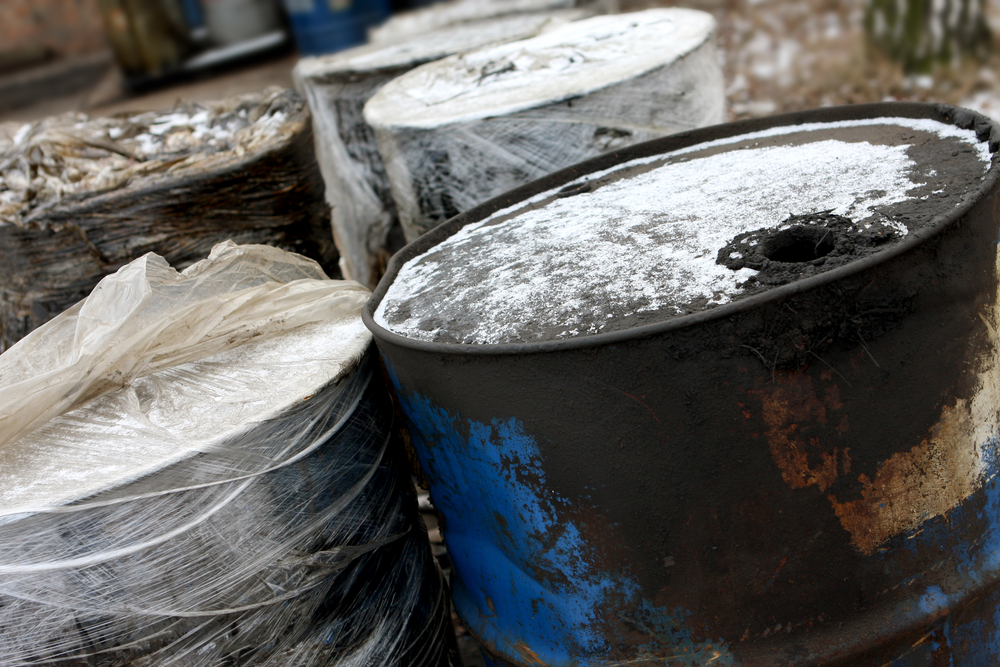While workplace regulations focus on protecting workers from toxic exposure in the workplace, there is emerging evidence that some toxins may be inadvertently carried to employees’ homes and families. The question is whether “take-home” or paraoccupational exposures should be attributed to the employee’s behavior or to the negligent actions of their employer. A recent study by the Boston University School of Public Health (BUSPH) and the Harvard T.H. Chan School of Public Health addressed this pivotal issue. The study argues that paraoccupational exposure is a public health issue in need of greater regulation since many exposures stem from “precarious” working arrangements where employees may be reluctant to express concerns regarding working conditions and breaches of health and safety. Failure to address these issues leads to secondary injuries and community health problems. While regulatory action is debated, lawsuits could seek to make companies accountable.
Take-home exposure can result from any toxin but among the most common are asbestos, lead, and pesticides. While protective clothing is typically provided to minimize exposure, a 2019 study of pesticide workers found that many workers still suffer chemical exposure that can be carried home in low levels. The BUSHPH study suggests that while the level of contamination brought home may not necessarily cause injury to the worker, it may harm the health or development of workers’ children, especially as exposure builds over time.
The dangers of asbestos, lead, and many pesticides are well-established. These substances can result in severe respiratory problems, cancers, learning disabilities and other serious conditions. Children are particularly susceptible to long-term damage.
Paraoccupational claims are inherently complex due to issues of causation and contributory negligence, and they always require expert witness testimony. For example, Toxicology experts can testify regarding whether claimants have suffered from medically verifiable consequences of alleged exposure while shedding light on the type, extent, and long-term prognosis of damage caused by exposure to a particular substance. Medical Toxicologists (as opposed to PhD Toxicologists) are physicians with subspecialization in Toxicology. This allows them to testify on both the science and the clinical effects of a wide range of exposures. Expert witnesses in Neurology, Endocrinology, Hematology & Oncology, Epidemiology, and Developmental Pediatrics are similarly invaluable when educating juries on the nature and severity of various toxic exposures.
Occupational Medicine expert witnesses are also needed in paraoccupational litigation. These specialists focus on promoting worker health through monitoring, prevention, return-to-work programs, and compliance with health and safety practices. In particular, Occupational Medicine specialists certified by the American Board of Preventative Medicine (ABPM) are the physician specialists tasked with implementing and accomplishing these objectives. In litigation involving exposure to workplace toxins, they can testify regarding regulatory requirements for Occupational Health, OSHA compliance, and causal links between work-related exposure and illness.
If you are considering or involved in a take-home exposure claim, please contact Elite Medical Experts for help with finding nationally recognized Toxicology, Occupational Medicine and other related expert witnesses for your case.

